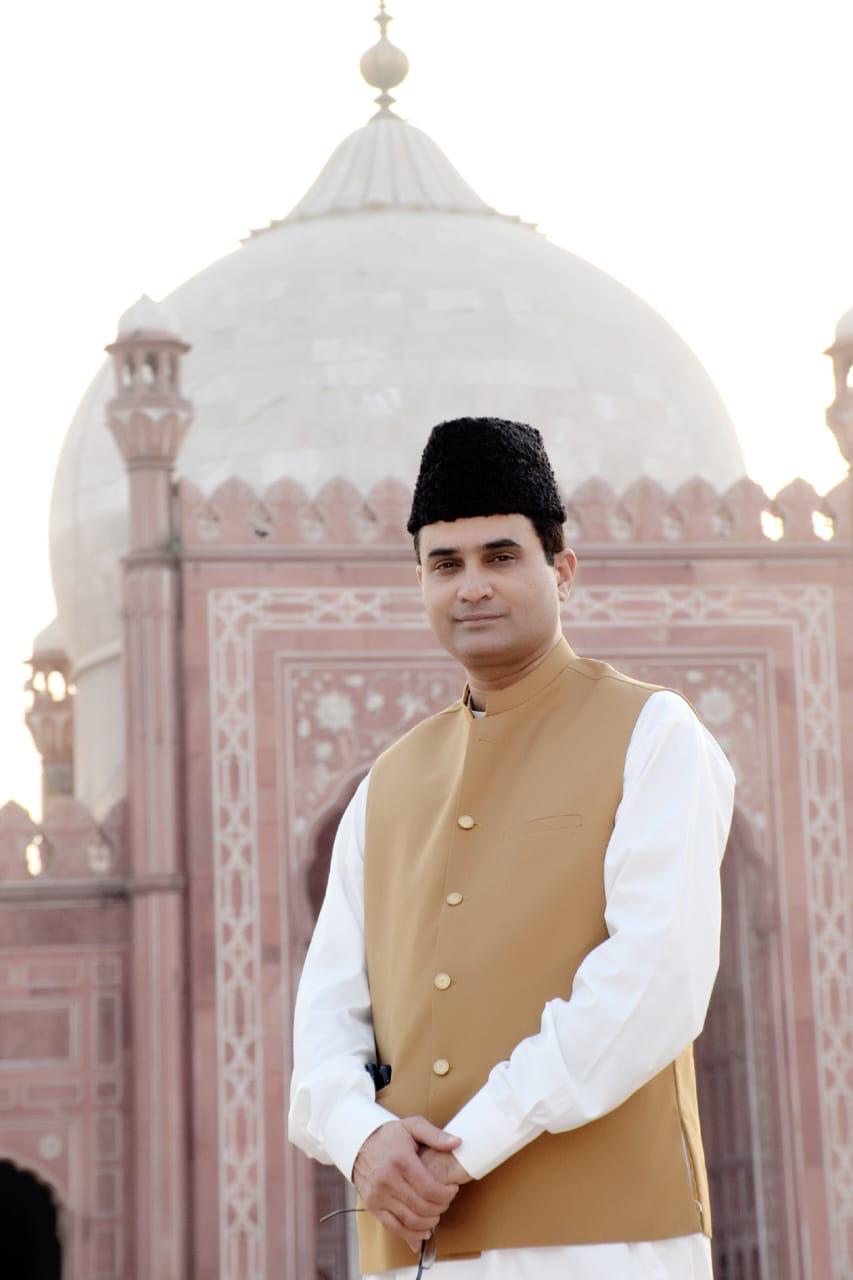The constitution of Pakistan upholds education as a fundamental right for every female citizen but the gender disparities remain entrenched in the educational landscape. Shockingly, as of 2018, only 13% of girls continued their education beyond ninth grade, a stark contrast to the 18% of boys. Recent reports from 2022 reveal a concerning 13% gender gap in overall enrollment rates across Pakistan’s education system, with a female literacy rate of 46.5%, significantly trailing the 69.5% for males. Equally distressing is the fact that 21% of Pakistani girls are married by the age of 18, curbing their educational opportunities.
Pakistan’s classification as a ” *low human development”* country (as per the Human Development Report, ranking 145th globally) further underscores the severity of the situation, with a dishearteningly low female literacy rate of 30%. Poverty, unequal resource distribution, and societal preferences for boys’ education perpetuate this imbalance. The prevailing mindset relegates girls to domestic roles, reinforcing a gendered division of labor that hinders their ability to challenge patriarchal norms.
The influence of social organizations on women’s education is pronounced, with entities like the Taliban restricting girls’ right to education. Additionally, systematic media propaganda from India exacerbates the issue, aiming to sow discord and undermine foreign investment. However, the limited educational opportunities for girls represent only one facet of Pakistan’s broader gender inequality issues, which include high maternal mortality rates and widespread violence against women and girls.
In interviews conducted by Human Rights Watch, girls express a deep desire for education. However, barriers such as insufficient public schools, limited financial investment, restricted school availability, high tuition fees, corporal punishment, and lax enforcement of existing protective measures impede their path.
These challenges are further compounded by deeply ingrained *cultural* *norms* that restrict the freedom and mobility of girls, especially in rural areas. Insufficient teacher training, particularly in addressing gender-specific challenges, also hampers the creation of inclusive learning environments. Moreover, the lack of proper facilities for menstrual hygiene management in schools often results in girls missing classes during their periods. The digital divide exacerbates gender disparities, with girls in rural areas facing limited access to online learning resources. Additionally, inadequate community engagement and awareness programs contribute to a lack of support for girls’ education, reinforcing traditional gender roles.
Addressing these multifaceted challenges requires a collaborative effort from the government, civil society, and international organizations to covertly bridge the educational gender disparities and pave the way for a more equitable and empowered future for Pakistani women.
 0092-313-5000-734
0092-313-5000-734




